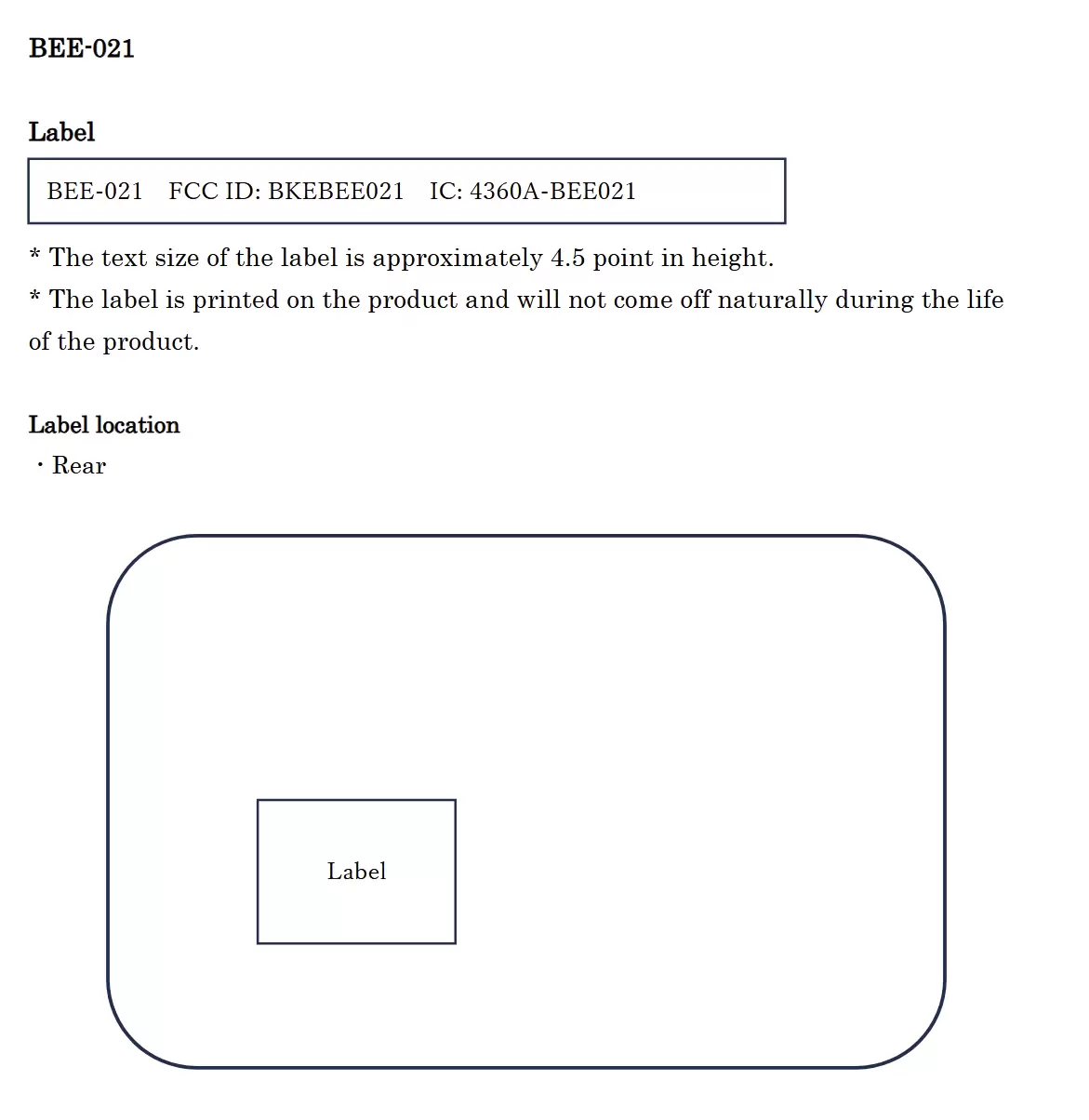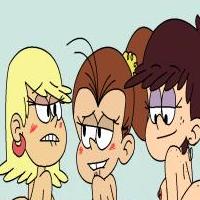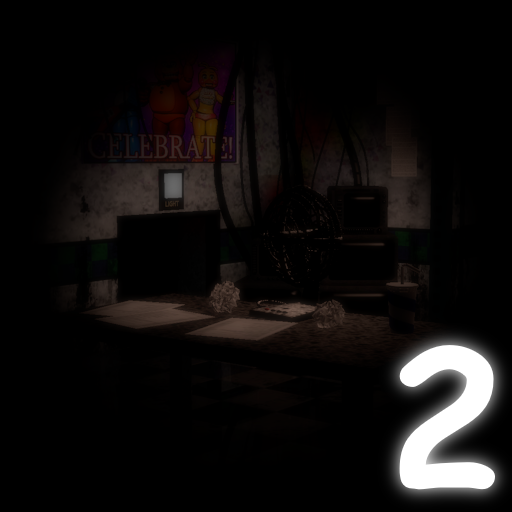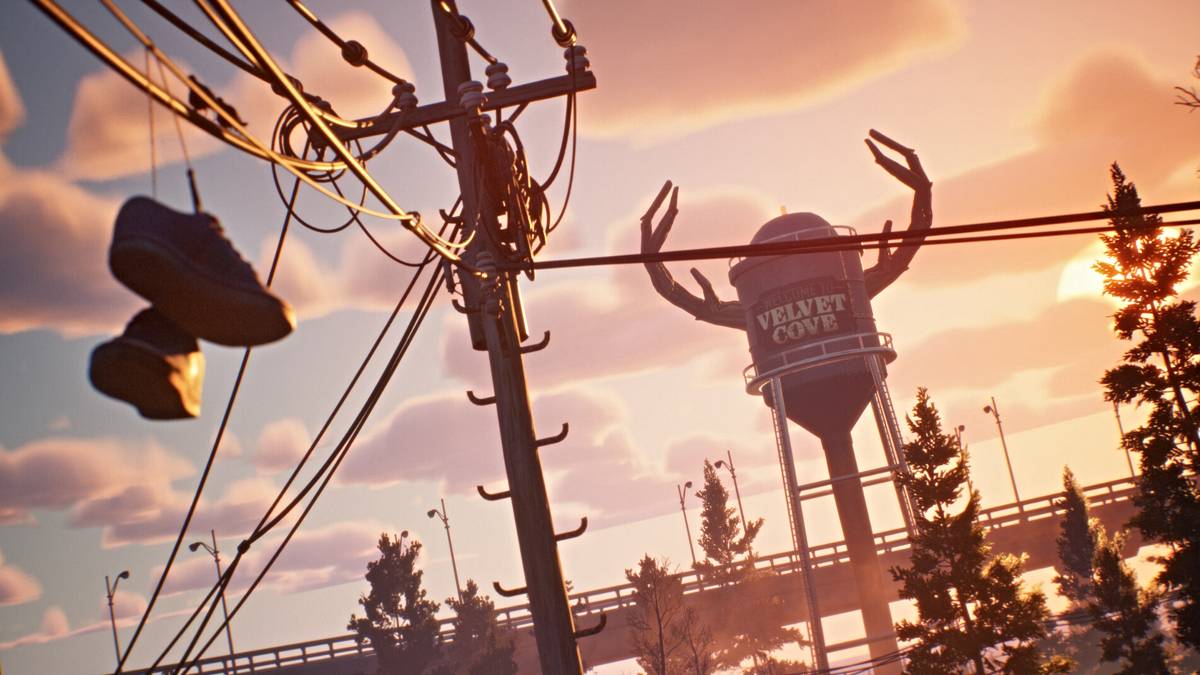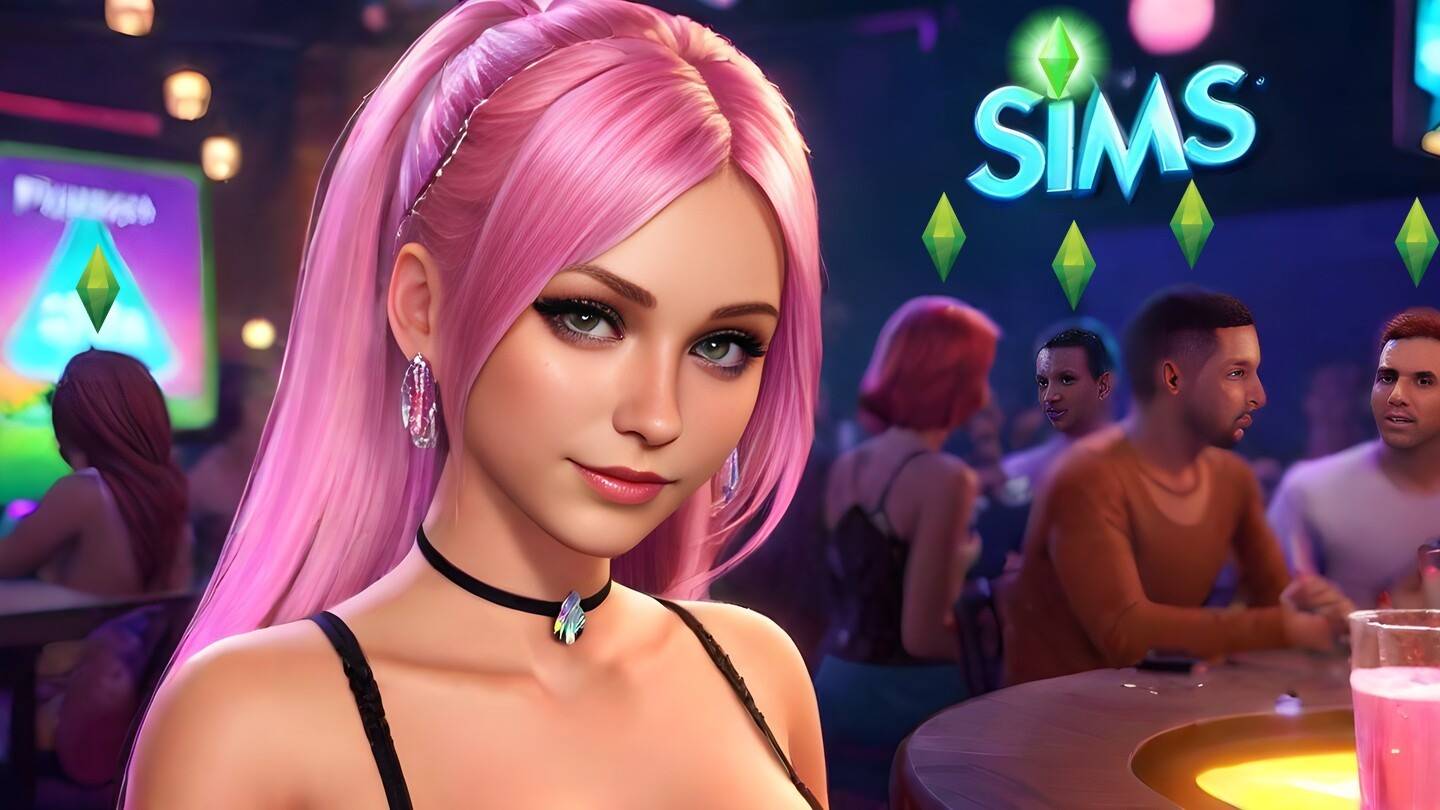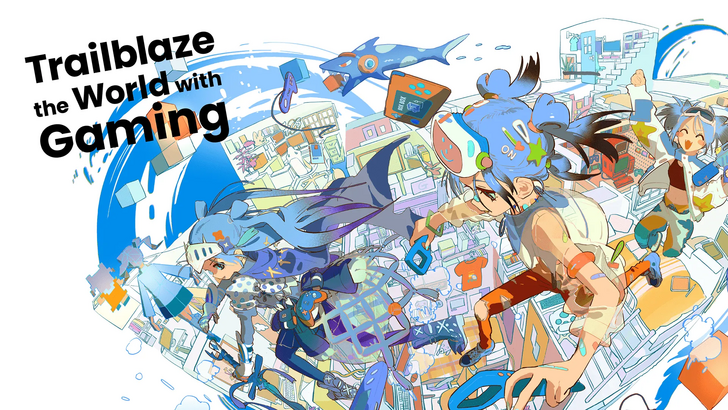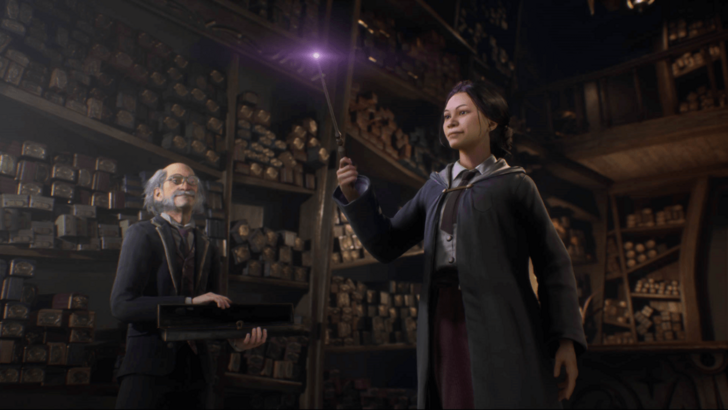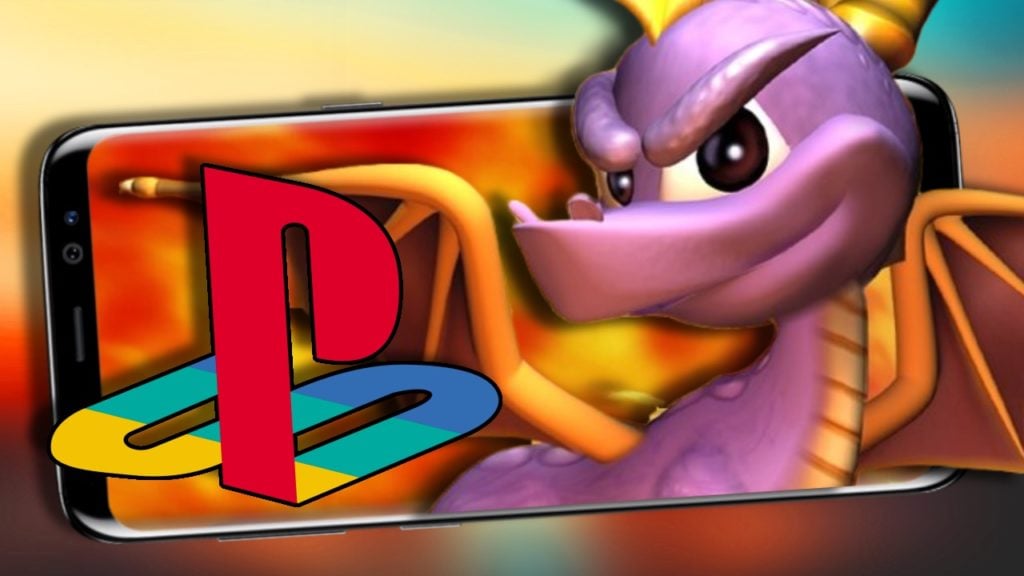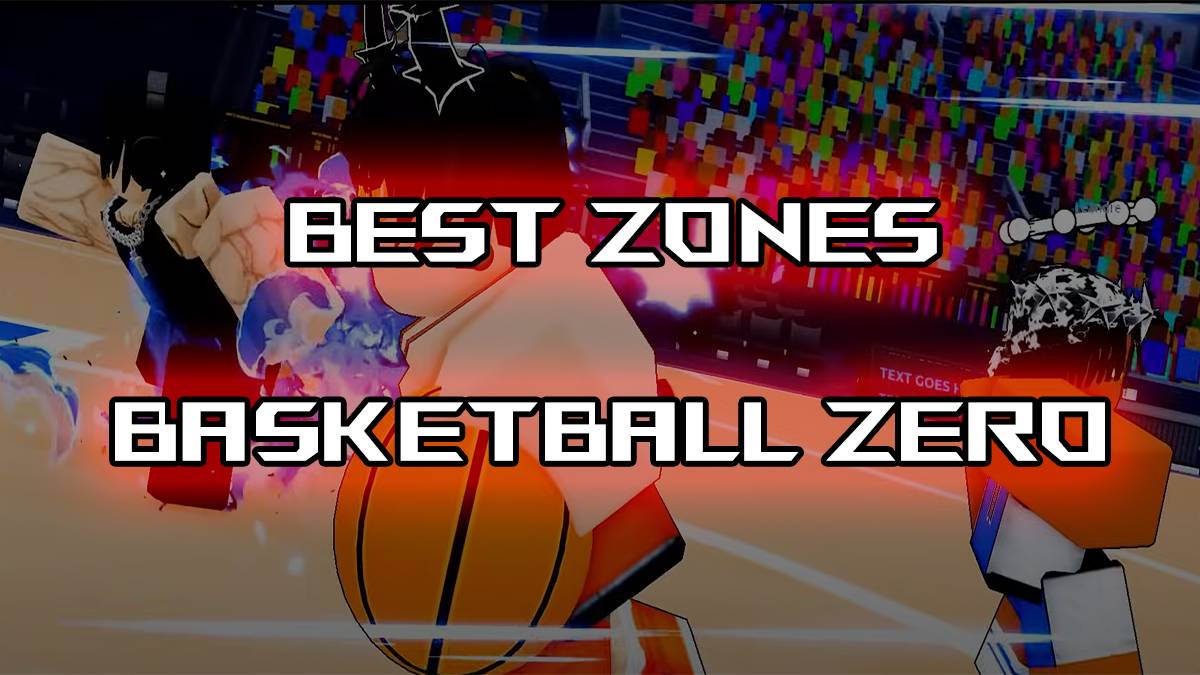From the vast deserts to lush forests, erupting volcanoes, and even the icy tundra, the Monster Hunter series showcases a variety of captivating environments, each boasting a unique ecosystem teeming with diverse monsters. The thrill of exploring uncharted territories and traversing their landscapes while on the hunt is a hallmark of the Monster Hunter experience.
This immersive adventure continues with Monster Hunter Wilds, the latest installment in the franchise. After navigating the Windward Plains and Scarlet Forest, players will venture into the Oilwell Basin, a challenging terrain enveloped in flames and oilsilt. Though it may appear barren and lifeless at first glance, closer inspection reveals small creatures navigating the mire, alongside remnants of an ancient civilization scattered throughout.
Yuya Tokuda, director of both Monster Hunter: World and Monster Hunter Wilds, provides insight into the Oilwell Basin: "During the Fallow, the Oilwell Basin is a place filled with mud and oil. When the Inclemency known as the Firespring comes, it burns away that oilsilt, and at times during the Plenty, the burned-away oil and soot vanish, revealing the minerals, microorganisms, and the original colors of the manmade artifacts hidden underneath," he explains.
Down in the Muck
When asked about the concept behind the Oilwell Basin, Kaname Fujioka, director of the original Monster Hunter and executive and art director for Wilds, shares: "We had two horizontally broad locales in the Windward Plains and Scarlet Forest, so we decided to make the Oilwell Basin a vertically connected place. The environment there changes slightly when you travel between the top, middle, and bottom strata. Sunlight reaches the top strata, where oil gathers like mud, and the lower you go, the hotter it becomes, with lava and other substances."
Tokuda adds, "From the middle to bottom strata, you'll find creatures not unlike aquatic life that may remind you of the deep seas or underwater volcanoes. In World, we created the ecosystem of the Coral Highlands using the idea of what it would look like if aquatic creatures lived on the surface, and we've used the knowledge we gained in the process to create the Oilwell Basin's creatures and ecosystem."
Fujioka emphasizes the contrast in the Oilwell Basin's environment: "During the Fallow and Inclemency, smoke comes out of everywhere in the Oilwell Basin like it's some sort of volcano or hot spring. But during the Plenty, it takes on a clear, marine-like tone. Look closely at the environmental biology, and you'll find that it's even a region inhabited by the kinds of creatures you'd expect to find on the ocean bed."
The Oilwell Basin's ecosystem is distinct, relying on geothermal energy rather than sunlight and vegetation. It supports a range of life, from shellfish and small monsters that provide raw meat, to large predators that feed on these smaller creatures. Microorganisms, in turn, derive energy from the earth's heat.
The Oilwell Basin is home to unique large monsters, such as Rompopolo, a noxious creature with a needle-like mouth. Fujioka explains its design: "We designed it as a tricky monster that lives in swamps and creates chaos for players by using its stored-up toxic gas. The idea of a mad scientist came up often when we were trying to depict this trickiness. We were inspired by this concept when giving it a slightly chemical purple color and glowing red eyes. The equipment you can craft from it is surprisingly cute, though. So is its Palico equipment."
Tokuda describes the Rompopolo Palico equipment as "amusing," and I found its charm to be undeniable when I tried it out. I encourage you to craft it and experience it for yourself.
Flames of Ajarakan
Another new monster in the Oilwell Basin is Ajarakan, resembling a massive gorilla enveloped in flames but with a slimmer silhouette compared to the Scarlet Forest's Congalala. In this video, we witness Ajarakan and Rompopolo battling for territory, with Ajarakan using martial arts-inspired movements and powerful grabs to assert dominance.
Tokuda explains Ajarakan's design philosophy: "Normally when we design fanged beasts, their hips are low to the ground, putting their heads at about eye level with the hunter. We thought that this can make it harder to sense the threat that the monster poses. That's why we were conscious of giving this monster a more top-heavy and towering silhouette. We then added flame elements that are at home in the Oilwell Basin, as well as grabbing attacks reminiscent of a wrestler that highlight its physical strength. It's a monster that combines strength, physical attacks, and flames, like its attack where it melts something and tosses it at you."
Fujioka adds, "With one unique monster after the next making an appearance, we thought that this might be a good time to add a monster whose strengths are easy to understand. That's how we got Ajarakan. It just punches or slams its fists on the ground to make flames shoot up, making it the kind of monster that's strong by way of all its super-straightforward attacks."
Ajarakan occupies a high position in the Oilwell Basin's ecosystem, standing out with its fiery appearance and powerful attacks. Fujioka shares, "At first, it was just kind of a physically powerful monster. That's why I talked quite a bit with our artists and designers about giving it more personality in some way. It's a monster in a fiery location, so I wanted to make use of flames and heat. That said, I didn't want it to simply breathe fire or create flames. That's how we ended up with a design where the monster seems to be wearing flames on its back, similar to the Buddhist deity Acala. From there, we got the idea of Ajarakan's rising internal temperature giving it enough heat and power to melt anything in front of it, which seemed to give it so much more personality. Ajarakan will grab the hunter or hug Rompopolo, and we wanted to make players think about how much they'd want to avoid getting hugged by an absurdly hot creature. We decided to make it seem scary by making it so hot that it'll melt anything and everything around."
To counteract the risk of Ajarakan's design becoming too straightforward, Fujioka mentions, "We kept adding lots of different interesting techniques, like it jumping into the air, balling itself up, and falling to the ground."
A Monster Generations in the Making
Dominating the Oilwell Basin as its apex predator is Nu Udra, the "Black Flame," a tentacled monster inspired by octopuses. Its slimy body secretes flammable oil, enabling it to move freely and coat itself in flames. Fujioka notes, "We also wanted its silhouette to be striking when it rises up and gave it what look like demonic horns, but we also tried designing it in a way where you can't tell where its face is."
Tokuda adds that the music during Nu Udra battles incorporates elements reminiscent of black magic, enhancing the monster's demonic theme. The development of Nu Udra's tentacle movements follows in the footsteps of previous tentacled monsters like Lagiacrus from Monster Hunter Tri. Tokuda shares, "One of the concepts in Tri was underwater combat, so I did write a proposal for an octopus-shaped monster at the time, emphasizing its distinctive underwater movements. I had fun coming up with all kinds of ideas, like 'It has lots of legs, which means lots of parts you can sever!' There were challenges keeping us from making that a reality, though, including technical ones. But even so, I've been holding onto that proposal for all this time."
Fujioka reflects on the influence of past tentacled monsters like Yama Tsukami and Nakarkos, saying, "We're always interested in using monsters who move like that in moments where they'd stand out, as their silhouette and the impression they give are nothing like standard monsters with limbs and wings. While including too many unique monsters will cause players to get tired of seeing them, dropping one in at just the right moment leaves such a strong impression."
Tokuda adds nostalgically, "You know, I'm the one who put that (Yama Tsukami) there." Despite technological limitations, they aimed to create impactful moments with these monsters.
The development team's dedication to creating innovative monsters is evident throughout the process. Fujioka explains, "While Yama Tsukami and Nakarkos were monsters that attacked you with their tentacles while fixed there in a stage, Nu Udra makes use of its physical traits as a cephalopod to freely move around the area. In that way, the gameplay it enables could be seen as something we're trying for the very first time here."
Technical challenges were overcome to bring Nu Udra to life. Fujioka notes, "Monsters with tentacles like that pose a lot of technical challenges, like controlling it with respect to the terrain and its target. When we began development on Wilds, the technical department's tests went incredibly well, and so we felt like we could really make it happen this time."
Tokuda adds, "When we saw the tests, we also thought to make it the apex predator of the Oilwell Basin. That's just how much of an impact this monster has."
Fujioka's pride in Nu Udra's animations is palpable: "We did quite a lot of work on depicting flexible bodies this time with Nu Udra. At the start of development, we try coming up with pretty unreasonable ideas, whether or not we can actually achieve them. It's a challenge to ourselves in a way, and while it does cause a lot of challenges for our artists, the final product looks so amazing if we're able to actually make it take shape."
Tokuda recounts an animator's enthusiasm: "When we first implemented the movement of it going inside a hole, an animator told me, 'When you weaken it and it starts heading back to its nest, please wait here for a moment!' Apparently, they wanted me to see it going into its little hole, and I still remember replying, 'Oh, that really is amazing!' The animator looked so satisfied as well."
Fujioka highlights the unique real-time depiction of Nu Udra's movements: "It might not be easy to get the chance to see it, but the way it squirms around while wrapped around a pipe is so well made too. I do hope you check it out. Only games are able to depict things like that in real-time instead of as some premade scene. I'm incredibly proud of it as a crystallization of the staff's efforts."
Fighting Nu Udra proves challenging, as its flexible body constantly shifts, making it hard to find an opening. Tokuda explains, "You can cut off so many tentacles. While I suppose it depends on how you count them, all of the parts that resemble legs that touch the ground can be severed. While the tentacles do move right after they've been cut off, they begin to rot after some time passes. If you try to carve a part that's rotten and no longer moving, you won't get good materials from it. The same also applies for breakable parts of other monsters, like tails."
Nu Udra's attacks are designed with a unique tempo, using its tentacles and flames to create a barrage of assaults. Tokuda notes, "Nu Udra uses its tentacles to launch attack after attack on its target. We were conscious to give its attacks a unique tempo through a combination of focused attacks, and area-of-effect attacks using its head and flames. We wanted to make it a massive monster that still seemed to launch a barrage of attacks. With all of its tentacles, though, it's possible that it becomes difficult to tell who it's targeting in situations like multiplayer hunts. That's why we've made it so that it has sensory organs at the tips of its tentacles that use light to indicate when and who it's going to attack."
To defeat Nu Udra, Tokuda advises, "Its body itself is fairly soft, and it has lots of breakable parts. I think hunters should think about how to determine where to attack. Cutting off a tentacle will also shorten its area of effect attacks, making it much easier to move around. You could also call it a monster made for multiplayer, as that means its targets will be split up. You may be able to enjoy it even more by using SOS flares, Support Hunters included."
Fujioka adds, "As we designed this monster, I thought it's one that can be tackled in a way that's very much like an action game in the sense that destroying its parts can help you get closer to defeating it. Gravios is another monster where you discover a way to defeat it as you destroy its tough armor, right? The ability to carefully watch a monster's movements and use that to make a decision fits perfectly with Monster Hunter's overall approach."
A Welcome Reunion
Fujioka mentions Gravios, a returning monster from Monster Hunter Generations Ultimate, perfectly suited to the Oilwell Basin with its rocky carapace and hot gas emissions. Tokuda explains the decision to bring back Gravios: "When we were thinking of monsters that match the Oilwell Basin's environment, make sense in the game's overall progression, and don't play too similarly to any other monsters, we thought that we could make Gravios seem like a fresh challenge and decided that it would reappear."
In Wilds, Gravios has an even harder body, making it a formidable opponent. Tokuda shares, "When bringing Gravios over to this game from previous titles, above all else, we wanted to make sure it still had its distinguishing features like its hardness. From a game design perspective, we also wanted it to be a monster that appeared after you've progressed a good bit and had gone through everything the game's design has to offer. That's why I came up with the idea of it being a monster where it's difficult to figure out a way to defeat its hard body at first, only for hunters to find more and more clues as they make good use of the wound system and part breaking."
All Monsters in Monster Hunter Wilds

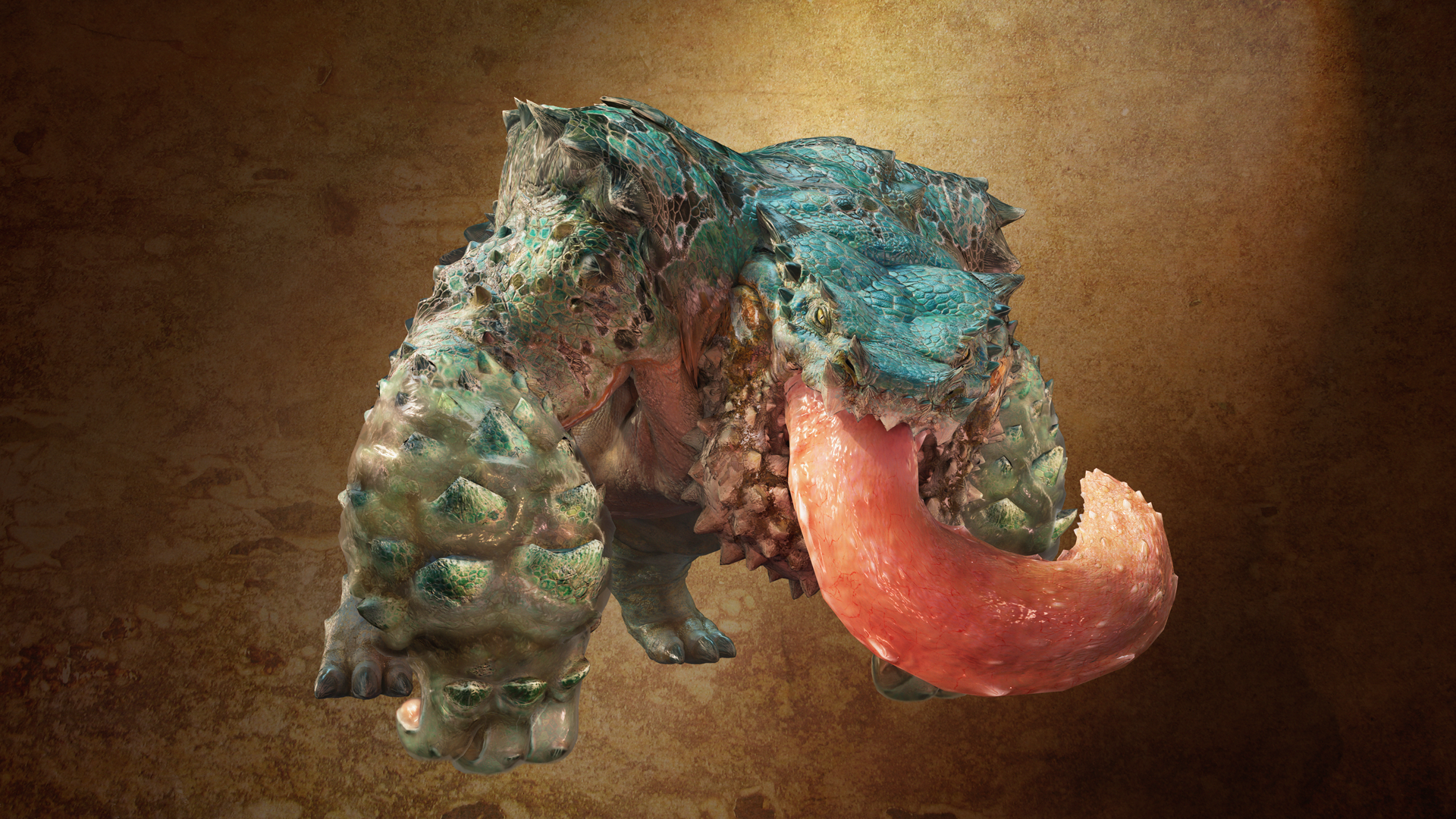 17 Images
17 Images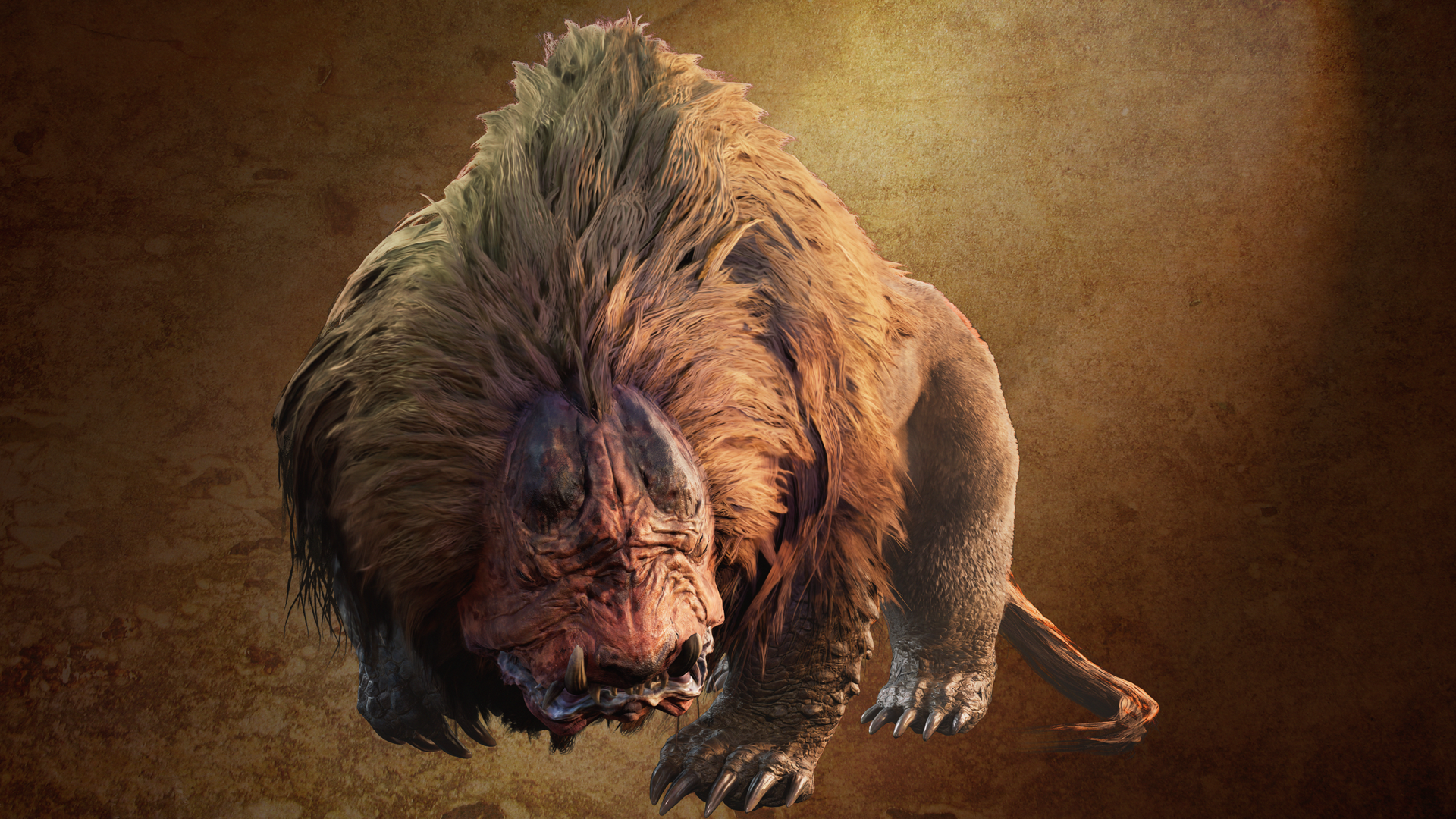
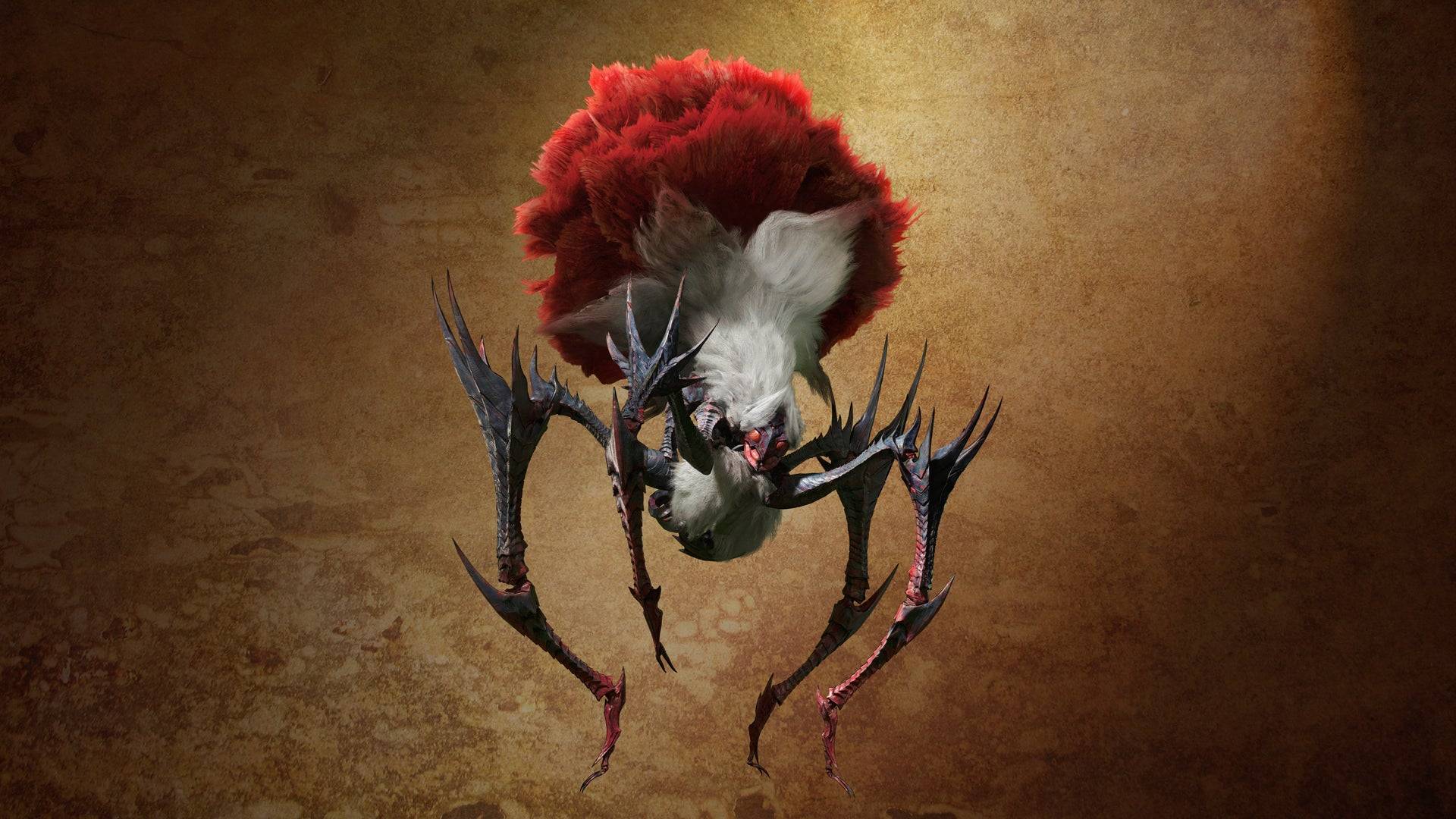
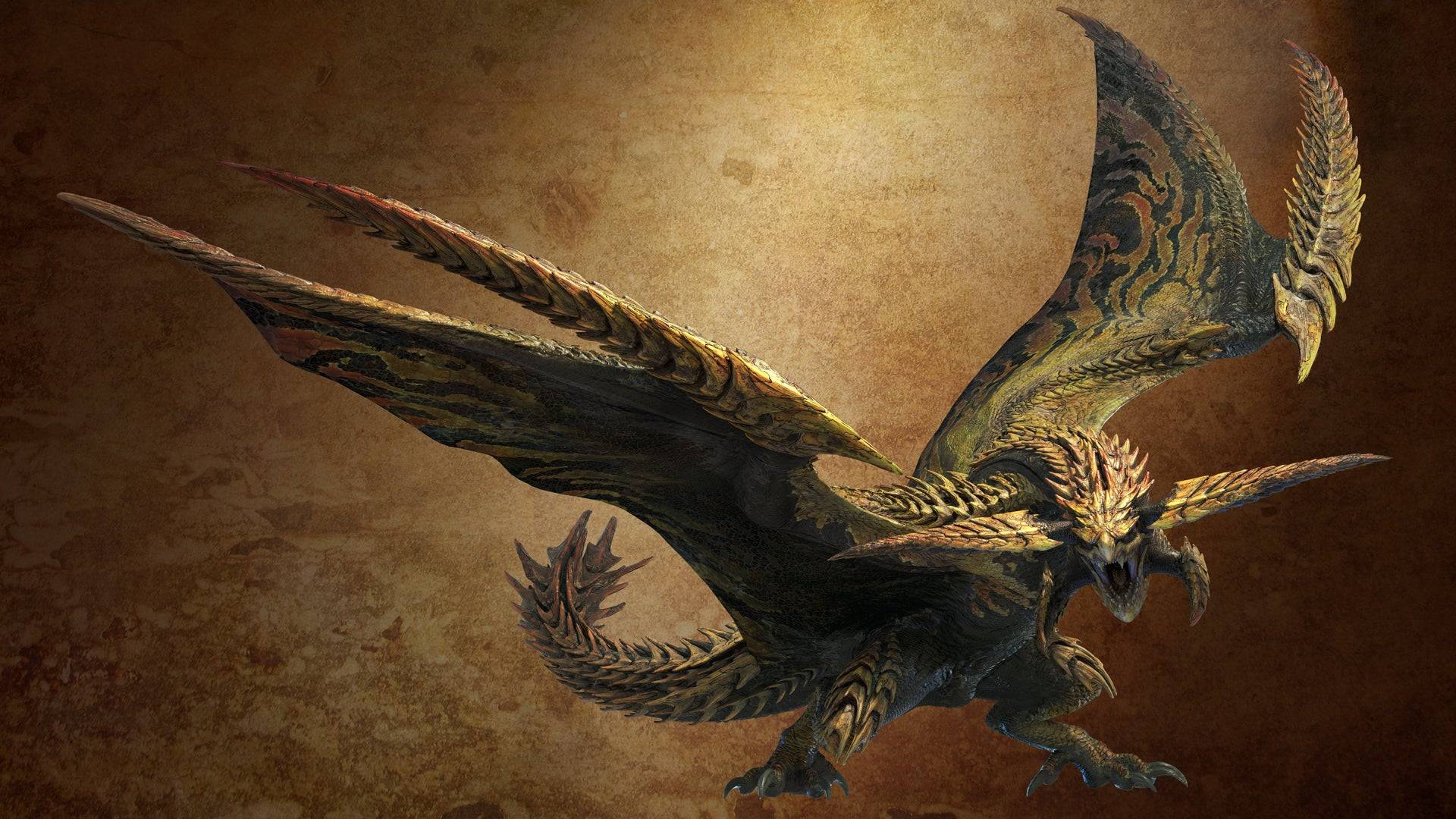
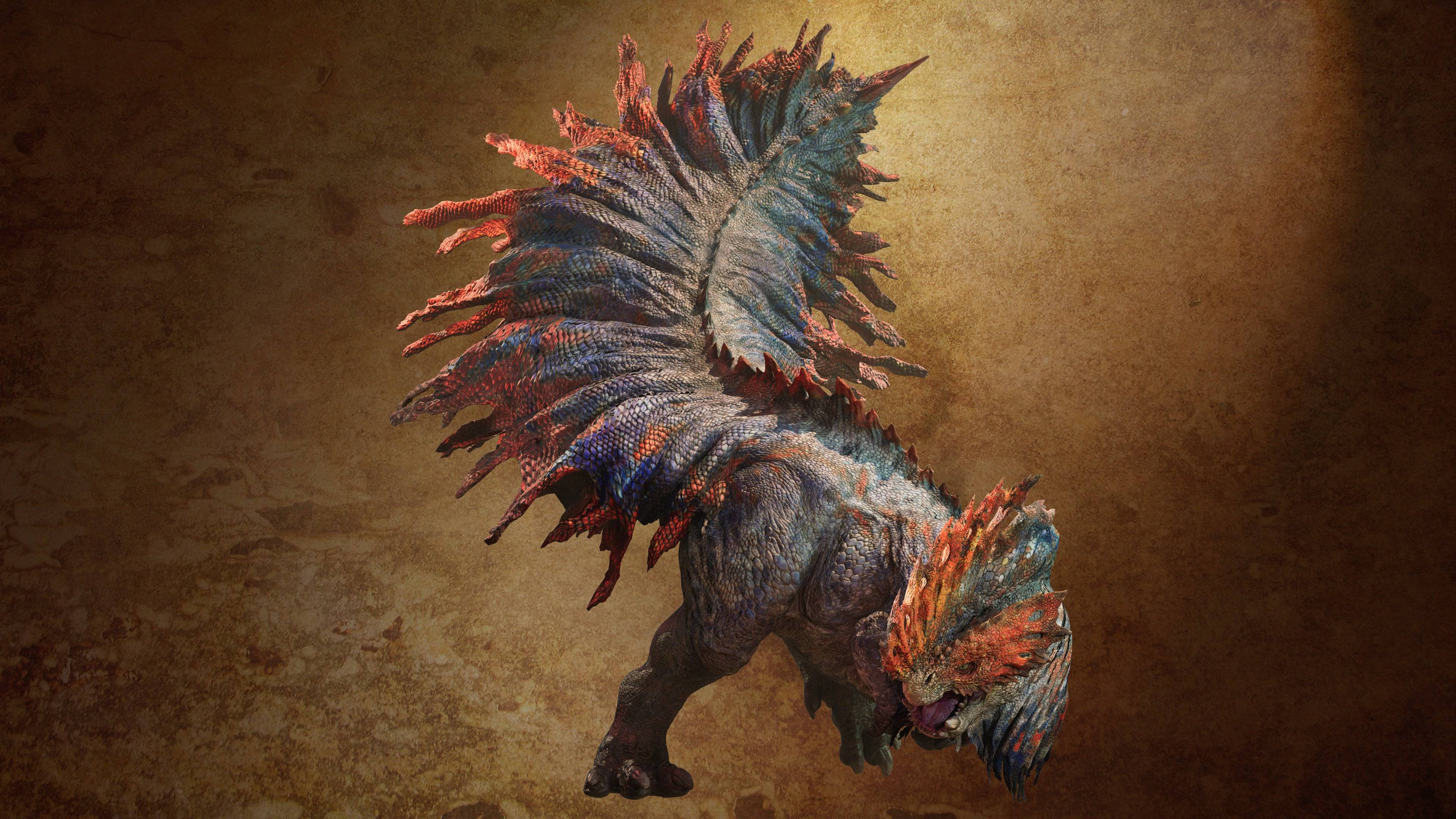
While Gravios makes a comeback, its juvenile form, Basarios, will not appear in Wilds. Fujioka explains, "Sorry, but Basarios will be taking this one off." The team carefully considers which monsters to include, ensuring they fit the game's design and progression. Although Basarios won't be featured, numerous other monsters will inhabit the Oilwell Basin, promising exciting hunts ahead.






